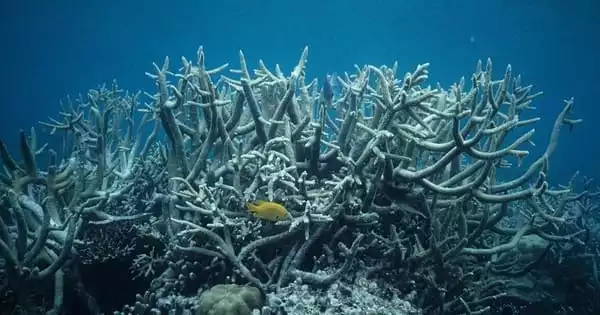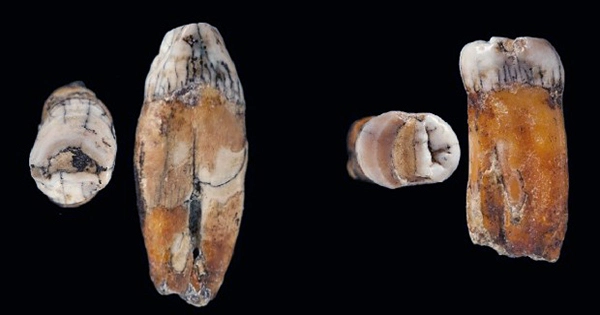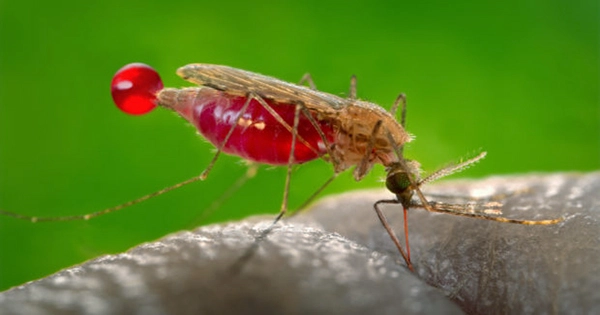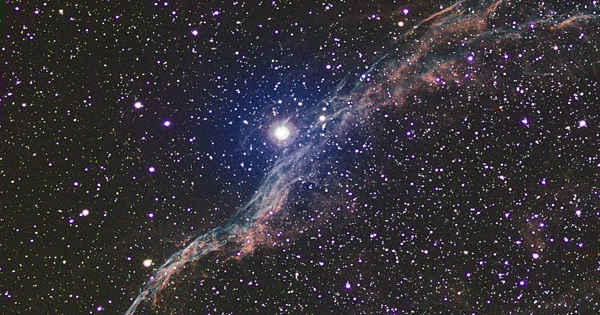The new study, led by Carnegie’s Phillip Cleves, employs cutting-edge CRISPR/Cas9 genome editing methods to identify a gene essential for stony corals’ capacity to create reef designs. It appears in the Proceedings of the National Academy of Sciences.
Stony corals are marine invertebrates that create massive skeletons that serve as the foundation of reef ecosystems. A quarter of all known marine species live in these biodiversity hotspots.
“Coral reefs have tremendous ecological value,” Cleves remarked. “However, they are in decline as a result of human activity.” Carbon pollution in the atmosphere both warms the oceans, triggering catastrophic bleaching events and changes the chemistry of saltwater, resulting in ocean acidification, which impedes reef regeneration.”
Excess carbon dioxide emitted into our atmosphere by the combustion of fossil fuels is taken up by the ocean and combined with the water to form an acid that is corrosive to coral, shellfish, and other marine creatures over time.

Stony corals are sensitive to ocean acidification because they build their skeletons by the accretion of calcium carbonate, a process known as calcification, which becomes more difficult as the pH of the surrounding water lowers. Because of the importance of coral skeleton production in reef formation, understanding the genes that drive the process and how it has evolved in corals has been a key study priority.
Cleves’ lab has been using the Nobel Prize-winning CRISPR/Cas9 technology for several years to find cellular and molecular pathways that could assist guide coral conservation and rehabilitation initiatives. They previously discovered a gene that is crucial to how a coral responds to heat stress, which could help anticipate how corals would adapt to future bleaching events.
His team, which included Carnegie’s Amanda Tinoco, used genome editing techniques to discover that a specific gene called SLC4 is essential for newborn coral colonies to start developing their skeletons. It encodes a protein that transports bicarbonate across cellular membranes. SLC4 is only found in stony corals and not in their non-skeleton-forming relatives. These findings suggest that stony corals evolved skeleton development using the new gene SLC4.
“By applying cutting-edge molecular biology techniques to pressing environmental problems, we can reveal the genes that determine ecologically important traits.” Cleves came to a conclusion. “By developing these genetic tools for studying coral biology, we will be able to greatly improve our understanding of their biology and learn how to mount successful conservation efforts for these vulnerable communities.”
Lorna Mitchison-Field of Carnegie, Jacob Bradford and Dimitri Perrin of Queensland University of Technology, Christian Renicke and John Pringle of Stanford University, and Line Bay of the Australian Institute of Marine Science are also co-authors on the work.
















